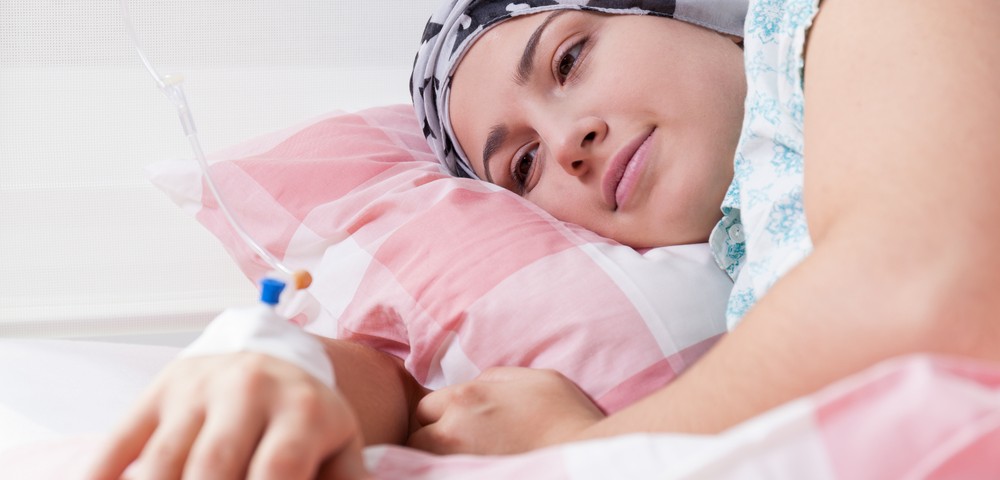Novel clinical results suggest systemic chemotherapy alone is an effective therapy in pediatric Hodgkin lymphoma. The study, titled “Clinical Profile and Chemotherapy Response in Children with Hodgkin Lymphoma at a Tertiary Care Centre,” was published in the Journal of Clinical and Diagnostic Research.
Treatment for children with Hodgkin lymphoma, particularly those in advance stages of the disease, remains controversial, with options including total nodal radiation therapy, combined chemo–radiotherapy, or chemotherapy alone.
The treatment of choice for most pediatric groups in the last two decades has been combined chemo-radiotherapy regimens using less toxic chemotherapy and low doses of local radiation therapy. But recently clinicians have started to use chemotherapy alone as a first treatment choice to reduce long-term sequelae due to radiation therapy (such as premature epiphyseal fusion and secondary malignancies), particularly in younger children.
Independent of treatment of choice, a therapy’s goal is always to maintain high cure rates, with five-year Overall Survival (OS) rates greater than 95%, and five-year EFS (event free survival) greater than 90%, while decreasing treatment-associated complications.
Clinicians investigated the clinical profile and the efficacy of chemotherapy alone as a treatment in a this population, preforming a retrospective evaluation of pediatric Hodgkin lymphoma cases (<13 years) treated over a five-year period with chemotherapy — cycles of ABVD (doxorubicin, bleomycin, vinblastine, and dacarbazine), or alternating cycles of COPP (cyclophosphamide, vincristine, procarbazine, and prednisone) and ABVD.
In total, the team studied 35 cases of pediatric Hodgkin lymphoma (31 cases were boys) with a median age of 8 years. From the total pool, 24 children were younger than 1o and of these, 23 had late stage disease (stage III to IV). These data reveal, in agreement with previous reports, a significant higher ratio of Hodgkin lymphoma male patients versus females (specifically, a 7.6 to 1 ratio).
A total of 60% of the cases analyzed exhibited B-symptoms (i.e., systemic symptoms of fever, night sweats, and weight loss associated with both Hodgkin lymphoma and non-Hodgkin lymphoma); bulky mediastinal disease was detected in 25.7% of the cases, and spleen involvement in 60%. Bone marrow involvement was never detected. Most cases received ABVD/COPP or ABVD regimen, and two cases received BEACOPP (a chemotherapy cocktail of Bleomycin, Etoposide, Adriamycin, Cyclophosphamide, Oncovin, Procarbazine, Prednisone) due to progressive disease, while four cases were treated with low-dose radiotherapy. At a mean extended event-free follow-up of 42.7 months, four cases had relapsed and no disease-related deaths were reported.
The results revealed that, indeed, the use of systemic chemotherapy alone is an effective therapy in childhood Hodgkin lymphoma. However, due to the low number of cases analyzed in this study, randomized clinical trials are necessary to further confirm these results.


